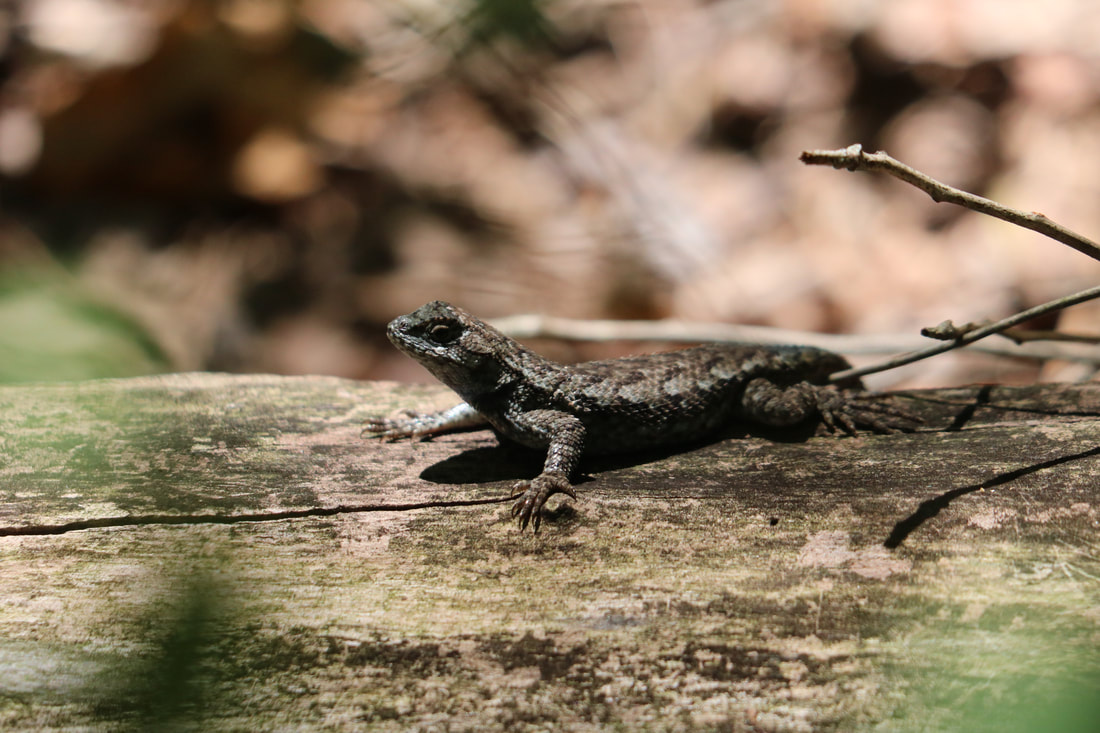Owl Aboard
When the little owl arrived at Woodlands Nature Center, it seemed alert enough, but it couldn’t fly or even open its left wing. There was a red raw spot on its left wing and another on its breast where it had flown into a barb wire fence. The bird clacked its beak in warning as we examined and disinfected its wounds.
The owl couldn’t have weighed more than three ounces and stood about four inches tall, but it was no baby; it was a Northern Saw-whet Owl, one of North America’s smallest. Although common in some areas, the saw-whet is rare in southern states, and this was only the second recorded for our area.
Our nature center is not in the business of wildlife rehabilitation, but a few animals are permanently placed here as educational exhibits (most of them given to us by rehabilitators after determining that they are non-releasable). People know us as “that animal place,” and often bring us injured animals hoping that we can “fix them up” as did the farmer who brought us the owl.
We generally provide only immediate care (first aid and rehydration) and then transport the animal to a rehabilitator in the area. We suggest that anyone calling about an animal take the animal in question directly to a rehabilitator. On this April Day though, everyone seemed to have their hands full, even the raptor clinic at the local university. Their director examined the bird for serious injuries and suggested a regimen of food and exercise.
At first the owl could only flutter enough to break its fall, but its appetite was excellent. It ate two mice each day, and sometimes jumped from its kennel carrier home to hop around the room. It occasionally inflated its chest and clacked its beak, a sure sign that it was remaining a wild creature and not becoming accustomed to humans. That fear of humans is necessary for any wild animal’s survival, so it was important to keep the owl isolated from humans and to see that it did not become accustomed to us.
A week after its arrival, the owl was flying around the auditorium between programs, and ten days after arrival it was ready for release. We drove to a pine woods well away from busy traffic and removed it from the carrier. At first it sat on my gloved hand and peered at the surroundings but would not fly. Then it stretched its wings and a sudden burst of energy took it to a nearby branch.
Today I can only speculate on the owl’s whereabouts, for Northern Saw-whet Owls are migratory. It is a comforting thought though that, thanks to a concerned farmer who took the time to rescue and bring it to us, that saw whet owl is once again flying over North America.
For further information: https://www.allaboutbirds.org/guide/Northern_Saw-whet_Owl/id

 RSS Feed
RSS Feed